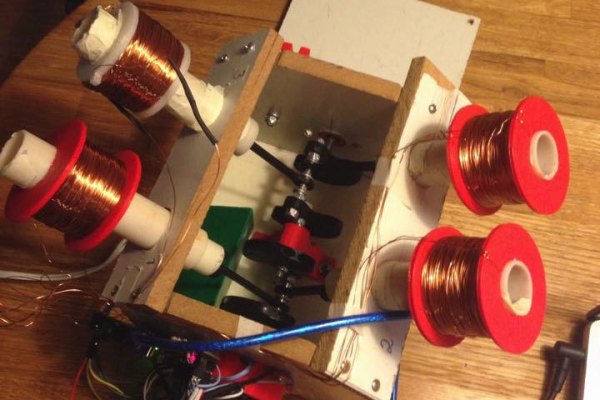We feel it’s healthy to cultivate a general desire for more neat tools. That’s just one of the reasons we like [doublecloverleaf]’s retro PC mouse. It certainly meets the requirement, the first computer mouse was wooden, and the mouse he used as the guts for this is so retro it belongs in the dollar bin at the thrift store.
To begin with, [doublecloverleaf] took a picture of the footprint of his aged, but trustworthy laser mouse. Using the photo in SolidWorks he built a model of the circuit board, and with that digitized, a mouse that suited his aesthetics around it. The final model is available on GrabCAD.
Edit: Woops, looks like we accidentally slandered a great Slovenian community CNC project. Check out the comments for more info. Original text in italics.
Next came the CNC. It looks like he’s using one of those Chinese 3040 mills that are popular right now. The electronics are no good, but if you luck out you can get a decent set of mechanics out of one. He did a two side milling operation on a wood block, using four small holes to align the gcode before each step, and then milled the bottom out of aluminum. Lastly, he milled the buttons out of aluminum as well, and turned a knurled scroll wheel on his lathe.
The end result looks exceedingly high end, and it would be a hard first guess to assume the internals were equivalent to a $10 Amazon house brand mouse.
Continue reading “Turn Your $10 Dollar Mouse Into A Fancy $10 Dollar Mouse With CNC”



















